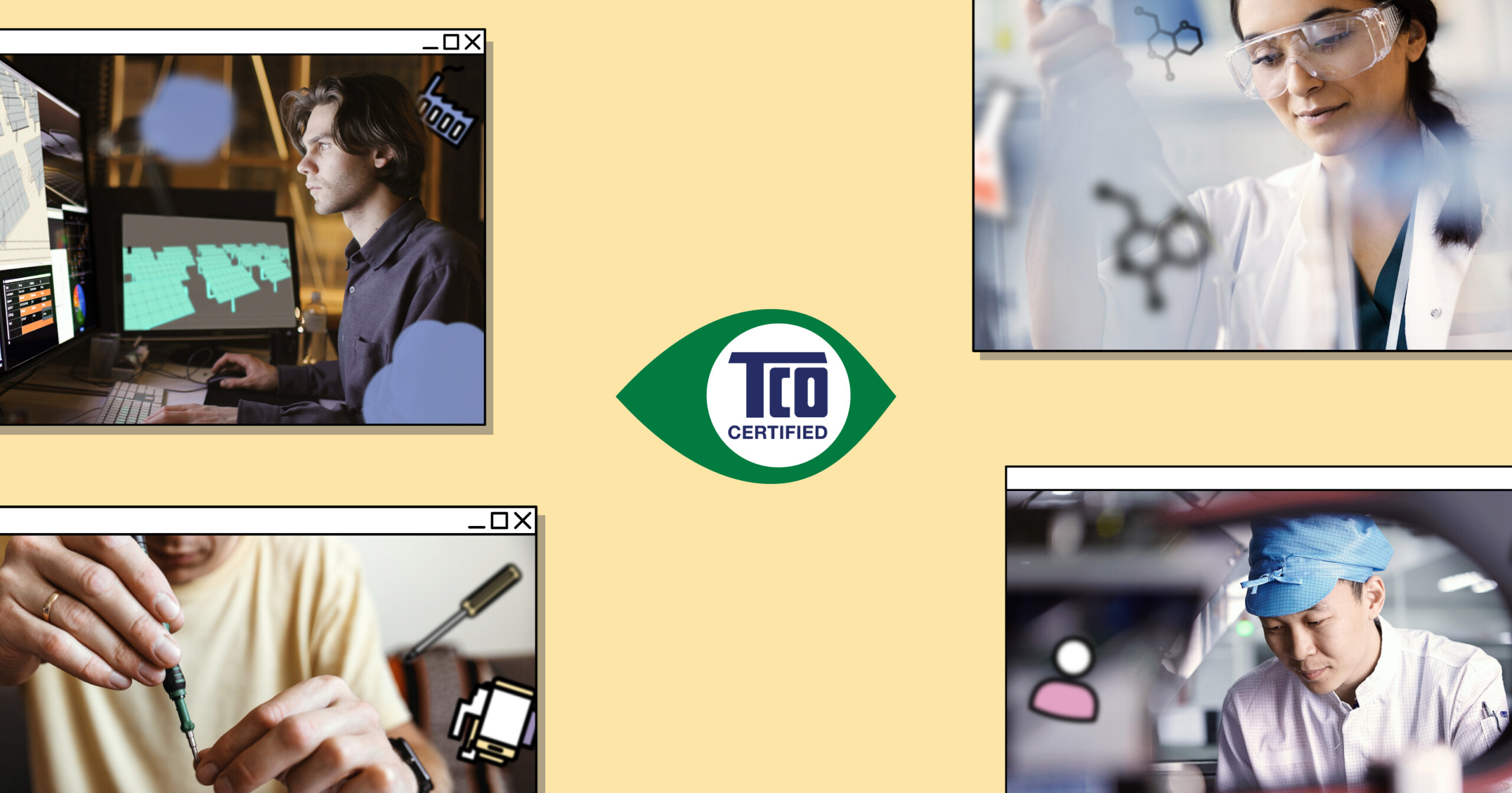This is an old press release and the information may be outdated
Today’s extensive consumption of electronics lead to alarming amounts of waste and the release of substances hazardous to human health and the environment. Finite natural resources are extracted from the ground at a fast rate and reserves are running low. By prolonging product life, individuals and organizations can contribute to a more sustainable future.
On January 24, Circular Electronics Day takes place for the second time. More than twelve organizations internationally stand behind the initiative which aims to increase awareness of why electronic products should be given a longer life through repairs, upgrades and reuse.
50 million metric tons of electronic waste is being generated per year worldwide. E-waste contains valuable metals as well as hazardous substances that are often released into the environment s and affect human health. Even more waste is generated when the products are manufactured — to make a notebook computer, 1,200 kilograms of waste is produced, for example from the mining and metals industries. The environmental problems are a result of today’s linear economy where raw materials are extracted to manufacture products which often have a short lifespan before they are discarded.
“We need to make the transition to the circular economy where products and materials are handled in a responsible way. The aim is to maximize product lifetime and handle discarded products as valuable resources, used to manufacture new products”, says Andreas Rehn, project manager of criteria development at TCO Development, the organization behind sustainability certification for IT products, TCO Certified.
The organizers of the initiative encourage both individuals and organizations to contribute to a more sustainable use of electronics by sharing tips and inspiring others to reuse products with the hashtag #CircularElectronicsDay.
Five easy steps that can extend the lifespan of electronics
About Circular Electronics Day
The aim of Circular Electronics Day is to encourage the reuse of electronics. Standing behind the initiative are Blocket, Chalmers Industriteknik, Closing the Loop, European Environmental Bureau, iFixit, Elgiganten, El-kretsen, Inrego, IVL Svenska Miljöinstitutet, Lenovo, Recipo and TCO Development.
Together toward sustainable IT
TCO Certified is the global sustainability certification for IT products, empowering both IT buyers and brands to make more responsible choices. Our comprehensive criteria are designed to drive social and environmental responsibility and are updated continuously to push sustainability where it matters most. Compliance with all criteria is always independently verified for every product. Our Roadmap for Sustainable IT is the long-term plan for addressing issues in four key areas: climate, substances, circularity and supply chain. By using TCO Certified, you join a global movement for sustainable IT.
Contact
Dennis Svärd, Global PR Manager
dennis.svard@tcodevelopment.com
Mobile: +46 (0) 704 804 094




